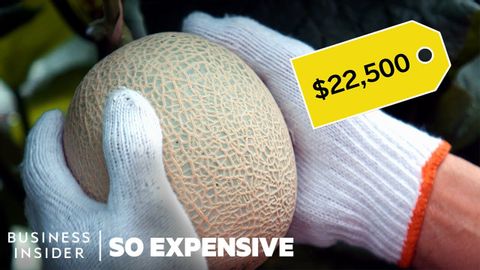日本のメロンはなぜこんなに高いのか? (Why Japanese Melons Are So Expensive | So Expensive)
Elma Kung が 2021 年 01 月 14 日 に投稿  この条件に一致する単語はありません
この条件に一致する単語はありませんUS /ˌɪndəˈvɪdʒuəl/
・
UK /ˌɪndɪˈvɪdʒuəl/
- n. (c.)個人;個々の項目;個体;個人競技
- adj.個人用の;個人の;個々の;独特の
US /ɪnˈkrɛdəbəl/
・
UK /ɪnˈkredəbl/
- adj.信じられない;すばらしい;信じられない;信じられない
US /ˈkɑnˌtɛnt/
・
UK /'kɒntent/
- adj.満足している;満足した
- n. (c./u.)内容;主題;コンテンツ;満足;コンテンツ;含有量
- v.t.満足させる
- v.i.同意する
US /ˈmʌltəpəl/
・
UK /ˈmʌltɪpl/
- adj.複数の;多様な;多発性の;多重の
- n. (c.)倍数;多数;倍率
- pron.多数
エネルギーを使用
すべての単語を解除
発音・解説・フィルター機能を解除

